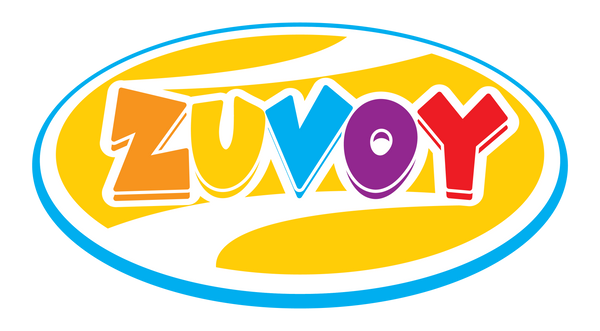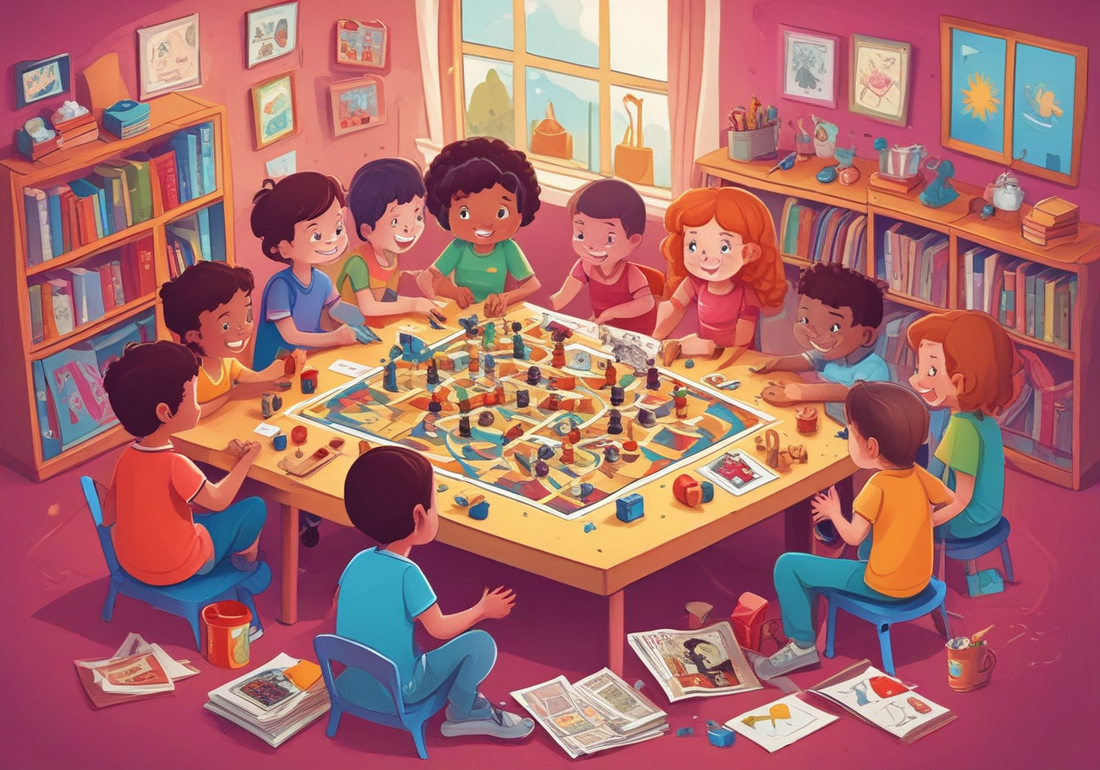Key Highlights
- Educational games make learning fun and engaging, leading to better knowledge retention.
- These games can help develop essential cognitive skills, including problem-solving and critical thinking.
- Games foster a collaborative learning environment encouraging teamwork and communication.
- Educational games cater to different learning styles and can be tailored to various age groups.
- By blending education with entertainment, these games motivate learners and boost academic performance.
Introduction
In today’s world, educational games are a great way to get learners excited about learning. Gameplay is not just for fun; it helps students build important skills like teamwork, critical thinking, and problem-solving. By adding game elements and activities, teachers can turn regular lessons into exciting adventures.
The Impact of Educational Games on Learning
 Educational games are more than just fun. They provide many benefits that can greatly help students learn. These games create a lively and hands-on way to learn. They can motivate students and help them understand tough ideas better. This also helps students develop a passion for learning.
Educational games are more than just fun. They provide many benefits that can greatly help students learn. These games create a lively and hands-on way to learn. They can motivate students and help them understand tough ideas better. This also helps students develop a passion for learning.
When learners are active and involved in their studies, they are more likely to remember what they learn and take a real interest in the topics. Additionally, educational games fit different learning styles. This makes education easier and more enjoyable for all learners.
Enhancing Cognitive Skills through Play
Gameplay in educational games is very important for improving thinking skills. Many games ask students to think carefully, solve problems, and make quick choices. This helps shape their critical thinking and problem-solving skills. These skills are useful for more than just one subject. They can help in different areas of life, giving students valuable tools for success in the future.
Also, educational games often put learners in situations with challenges and obstacles. This encourages them to think creatively and find new solutions. This kind of experimenting and learning through gameplay helps students develop a growth mindset and become more resilient.
In today's world, where we need to adapt and solve problems in new ways, using educational games in the classroom can give students an advantage.
Boosting Academic Performance with Interactive Learning
Educational board games provide a new way to teach that makes learning more active. They change how students learn by getting them involved. This can greatly improve their academic performance.
Here’s how educational games help with academic success:
- Increased Engagement: Games grab students' attention and make learning exciting, encouraging them to engage more.
- Improved Knowledge Retention: The challenges in the games support better understanding and help with remembering.
- Personalized Learning: Many games adjust to how fast each student learns, letting them go at their own pace.
By creating a fun and engaging learning space, educational games help students take charge of their education and aim for academic success.
Selecting the Right Educational Games for Different Age Groups
 Choosing the right educational games is very important. They need to match the child's age and skills. A game that is too easy won’t challenge the child. On the other hand, a game that is too hard can cause frustration and make them lose interest.
Choosing the right educational games is very important. They need to match the child's age and skills. A game that is too easy won’t challenge the child. On the other hand, a game that is too hard can cause frustration and make them lose interest.
It's also vital to think about the learning goals and interests of each age group when considering why board games for kids are essential. By picking games that meet these needs, parents and teachers can help kids get the most benefit and fun from gameplay.
Tailoring Games to Preschoolers' Learning Needs
Preschoolers learn best when they play. Using educational games at this age can help build a strong base for future learning. These games usually focus on essential skills, like:
- Letter and Number Recognition: Fun games with bright colors and catchy songs can help young learners know the alphabet and count.
- Shape and Color Identification: Fun puzzles and sorting games teach preschoolers to recognize shapes and colors.
- Basic Problem-Solving: Easy logic puzzles and matching games help kids think critically and solve problems.
By adding fun elements like rewards, positive feedback, and bright visuals, teachers can make learning exciting for preschoolers. This way, they stay interested and eager to learn.
Engaging Elementary Students with Subject-Specific Games
As children transition into elementary school, subject-specific games become increasingly valuable for reinforcing concepts learned in the classroom. These games can make learning subjects like math, science, and language arts more interactive and engaging.
Conclusion
In conclusion, educational board games and other educational games are a fun way to learn. They help improve thinking skills and can raise school performance. These games suit various age groups, starting with preschoolers and going to elementary students. Using these games in class can help students solve problems better and add to regular teaching. When teachers choose the right educational board games, they can make fun and interactive learning spaces that encourage a love for learning. Embrace educational games to change how students connect with their lessons and achieve good learning results.
Frequently Asked Questions
What are the key benefits of integrating educational games into the curriculum?
Using educational games has many benefits. They make learning more fun and engaging. This helps people remember what they learn better. They also help in developing important skills through gamification.
How do educational games improve problem-solving skills?
Educational games push learners to think critically while they play. They encourage students to come up with creative ways to overcome challenges. This helps to improve their problem-solving skills.
Can educational games effectively supplement traditional teaching methods?
Yes! Educational games use gamification to make learning more fun. They can help traditional teaching by giving students interactive and engaging ways to learn. This makes traditional methods even better.

